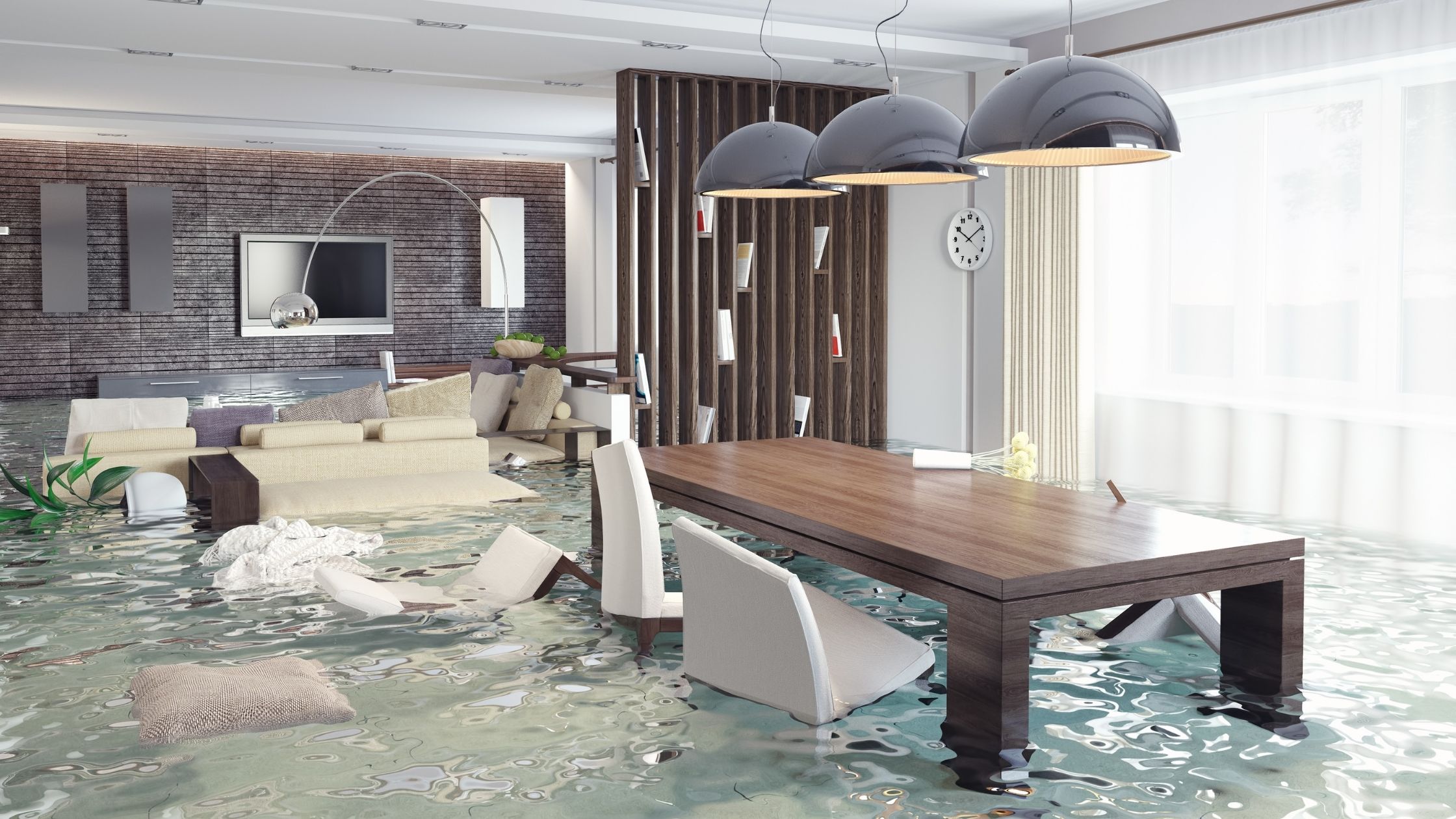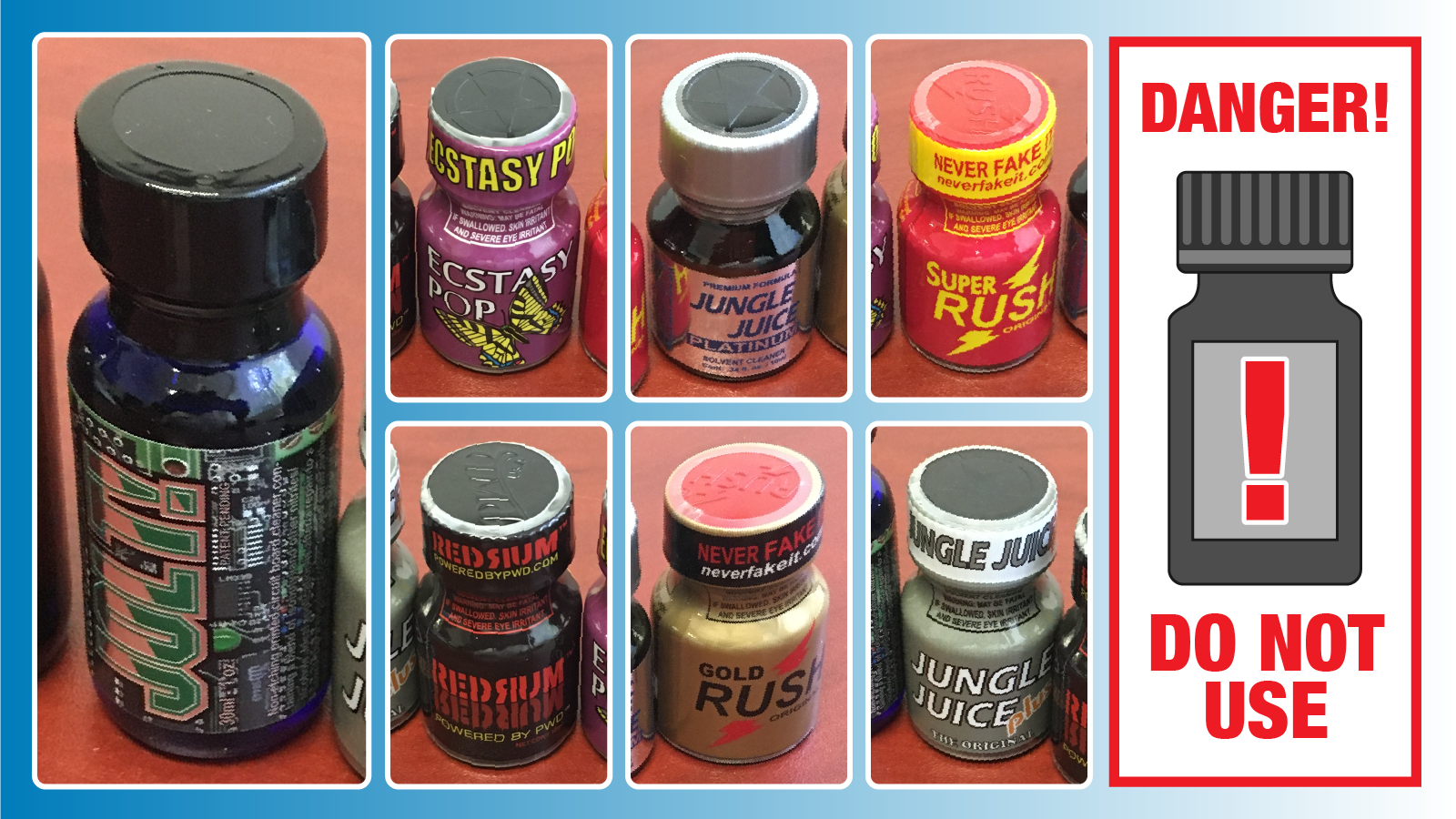
The Environmental Benefits Of Proper Water Damage Restoration Service
Water damage is a homeowner’s nightmare—whether caused by a burst pipe, storm runoff, or an overflowing appliance. While the focus is often on salvaging personal property and preventing structural deterioration, there’s another angle that’s just as important but frequently overlooked: the environmental impact. Selecting a professional water damage restoration service near me is essential for more reasons than just getting your house back to how it was; it also helps to protect the environment and encourage sustainability.
Here’s how proper restoration practices can help protect not just your property, but the planet.
1. Reducing Waste Through Salvage And Restoration
One of the most immediate ways restoration helps the environment is by minimizing waste. When done incorrectly or delayed, water damage often leads to the disposal of flooring, drywall, furniture, and personal items. These materials commonly wind up in landfills, where they contribute to excessive resource consumption and environmental pollution.
A professional service uses advanced drying and cleaning techniques that allow many items to be restored rather than replaced. From hardwood floors and drywall to carpets and furniture, restoration means fewer materials are discarded and fewer new ones are manufactured, saving both natural resources and energy.
2. Preventing Mold And Air Contamination
Mold doesn’t just pose a health risk—it also affects indoor air quality, which can contribute to environmental degradation over time. Improper drying can allow mold to thrive, which may require chemically-intensive treatments or removal of entire sections of a home’s structure.
Restoration experts are trained to dry spaces thoroughly and apply targeted antimicrobial treatments only where needed. This targeted approach reduces the use of harsh chemicals and supports healthier indoor environments while avoiding unnecessary renovations that would generate construction waste.
3. Efficient Use Of Energy And Water
Certified restoration professionals use high-efficiency drying equipment such as low-grain refrigerant dehumidifiers, HEPA vacuums, and smart moisture monitoring systems. These tools are designed to remove moisture quickly while using less electricity and water than outdated or makeshift drying methods.
By speeding up the drying process with energy-efficient machines, restoration companies reduce the environmental footprint of each job. This approach helps conserve energy and limits the need for more intensive reconstruction later, which would consume additional water and materials during manufacturing and installation.
4. Minimizing The Use Of Non-Eco-Friendly Cleaning Agents
An experienced water damage team knows how to select cleaning products that are effective yet environmentally responsible. Many top-tier providers now use biodegradable, non-toxic, and EPA-approved solutions during cleanup.
By replacing traditional harsh chemicals with green alternatives, these services reduce toxic runoff and help maintain safe air and water quality in the surrounding community.
5. Conserving Resources Through Timely Intervention
When it comes to water intrusion, every hour matters. Immediate action prevents further deterioration and helps preserve critical building components such as insulation, structural wood, and subflooring. The sooner water is extracted and moisture levels are controlled, the fewer resources are needed for restoration.
By quickly stabilizing the affected area, restoration professionals help avoid the need for major construction materials like lumber, drywall, and insulation, reducing deforestation and resource extraction associated with building material production.
6. Proper Disposal Of Contaminated Materials
In situations where materials can’t be salvaged, such as sewage contamination or black water flooding, a professional restoration service ensures safe, environmentally compliant disposal. Hazardous materials are kept out of landfills and natural water sources by removing and disposing of contaminated items in accordance with local environmental regulations.
This careful handling helps protect soil, water systems, and wildlife from pollutants and toxins that could otherwise spread due to improper disposal.
Conclusion
The benefits of a proper water damage restoration service extend far beyond the walls of your home. By prioritizing efficient practices, responsible waste management, and eco-friendly solutions, restoration professionals help reduce environmental impact while restoring safety and comfort to your space. In the present day, where each decision has an impact on the environment, it is not only prudent to employ a restoration team that is both environmentally conscious and qualified, but it is also a step toward more sustainable living.







